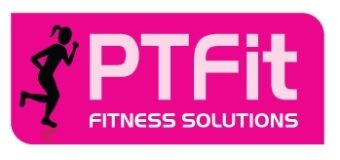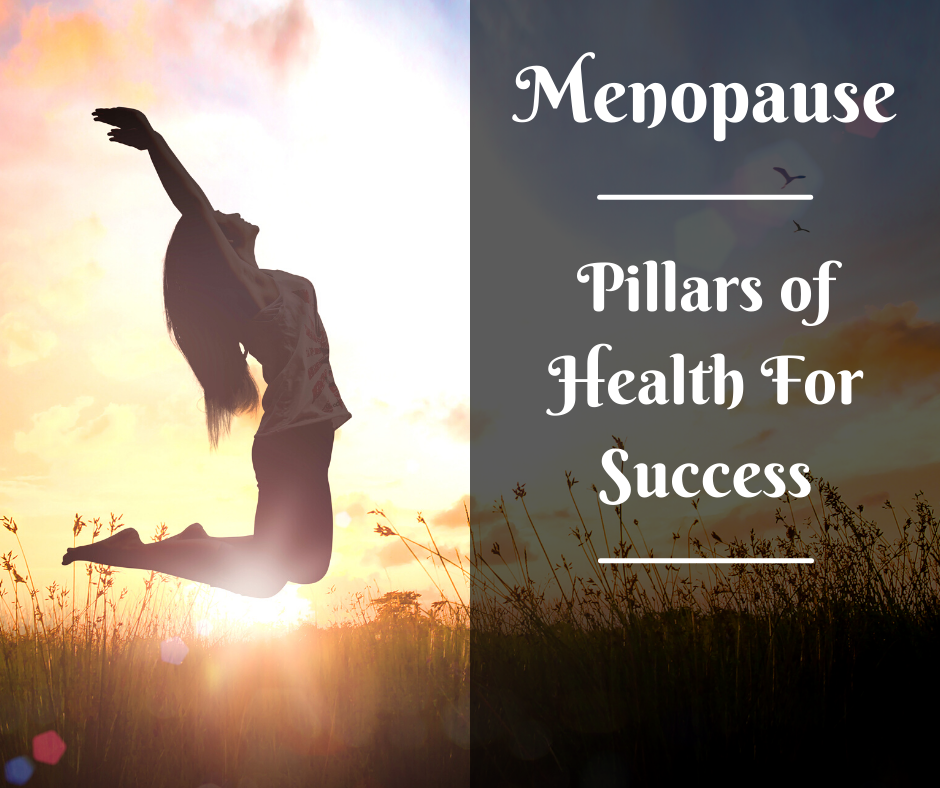These pillars of health in menopause are essential if you want success in your own health & well-being during this time of transition!
Surviving menopause and the hormone roller-coaster that menopause is or more accurately peri-menopause (the 5-10 years before menopause) can be difficult,, confusing and exhausting!
But by following these 4 simple pillars of health you will soon find yourself able to cope better with the symptoms you might be experiencing!
# 1 – Nutrition
Increase your protein intake!
Want to feel full and satisfied? What to build lean muscle?
Protein is key.
At this stage of our life, we should be skewing our diet to prioritise protein. So in general, you’ll be eating a little less carbohydrate and a little more protein and fat than you might have peri-menopause.
Why protein? Because as we age we lose the ability to build and keep our lean muscle and the only way to counteract this is by increasing our protein intake and lifting heavy weights to create the stimulus we need as our hormones shift!
Limit rubbish foods, that are high in sugar, that are processed, that are high GI carbohydrates – stick to LOW GI complex carbohydrates – limit alcohol if you have any side effects that you don’t enjoy!
Enjoy plenty of vegetables and fruit. Make sure your plate is at least half a plate of veges – especially cruciferous vegetables.
Why cruciferous veges? Eating cruciferous vegetables specifically is linked to a compound called diindolylmethane (DIM), which positively affects your estrogen levels and may help with symptoms.
#2 – Fitness
Follow a STRENGTH & METABOLIC challenging fitness program!
Focus on building lean muscle and keeping your metabolism revved up! Find out more
Why? Because when hormones decline, muscle stimulation matters.
Types of exercise good for us:
- Heavy lifting
- Sprint training
- Plyometrics
- HIIT
These all have one thing in common—they’re essential for menopausal health and performance.
Heavy Lifting – embrace being strong! Lifting heavy weights that are heavy to you and progressing through a program that gets you stronger and stronger – helps you to build lean muscle that is lost as our estrogen levels drop. By lifting we are replacing the lost muscle building stimulus needed to keep our lean muscle and definition. Heavy lifting is also good for improving fat-burning metabolism, building bones, and maintaining your cardiovascular health.
HIIT/Sprint Training – high intensity interval training – it improves insulin sensitivity and lowers fasting blood sugar levels, which is good for your overall cardiovascular and metabolic health, especially during the menopause transition when blood sugar can be harder to manage.
It also strengthens and increases the amount of your energy-producing mitochondria; increases your stroke volume (how much your blood your heart pumps per beat), improves your fat-burning capacity, and helps manage visceral (deep belly) fat, which increases during menopause.
Of course finding the intensity that is right for you is crucial – you don’t want to jump straight into this type of training without building a foundation first. Plus if you have injuries or knee problems for example you need to find ways to apply HIIT without fear of injury and/or pain.
Plyometrics – Jumping, hopping, bounding are all types of plyometrics – think squat jumps for example! What plyo work does for you is it gives your bones and muscles the extra stimulus that comes when you push off against gravity and land back down.
This is good because it stimulates the cells to improve power and make up of the muscle to improve its integrity, strength, response and reaction time – think of your balance too!
#3 – Recovery
SLEEP – aim for 7-8 hours of sleep each night!
This can be hard to achieve when you keep waking, with hot flushes, night sweats and have an interrupted sleep that makes you feel yuck every day!
Some tips to help you sleep better:
- Avoid eating 2 hours before bed time.
- Talk to your doctor and see if MHT (HRT) is suitable for you.
- Look into adaptogens – Two to try: Ashwagandha, which helps reduce cortisol and anxiety as well as helps regulate body temperature, and Rhodiola, which balances neurotransmitters like serotonin and dopamine
(please consult your health professional before trying to ensure these are right for you)
- Try tart cherry juice. Drink an ice-cold glass of tart cherry juice 30 minutes before bed.
- Create healthy sleep habits – no TV/phone time in bed
- Keep your bedroom cool
Rest days are important
Listen to your body. If is tired, let it rest! Change the type of exercise you were going to do if a high intensity session doesn’t seem” doable” today!
Maybe a mobility session would be more suitable!
If you are strength training, the body needs time to heal and recover so the physical changes you want in your body shape can happen!
The changes you want happen AFTER the exercise while you are resting and recovering not while doing the actual exercise!
# 4 -Relaxation & Stress Management
Levels of your stress hormone cortisol can increase as you make your way into the later stages of the menopausal transition.
Women with increased cortisol levels at this time are more apt to have severe vasomotor symptoms like night sweats and hot flashes, which have been linked to cardiovascular disease risk in other research.
Regular mindfulness practice are crucial to staying in control!
Just 5 minutes a day of some “quiet time” for you with a coffee or tea. Or sitting some where quite taking some long slow breathes!
Find a way that works for you!
References:https://www.feistymenopause.com/blog/dietandmenopause
https://www.feistymenopause.com/blog/the-best-hiit-workouts-for-menopausal-women
https://www.drstacysims.com/blog/how-to-power-your-way-through-menopause
https://www.feistymenopause.com/blog/hotflashesandheartdisease

